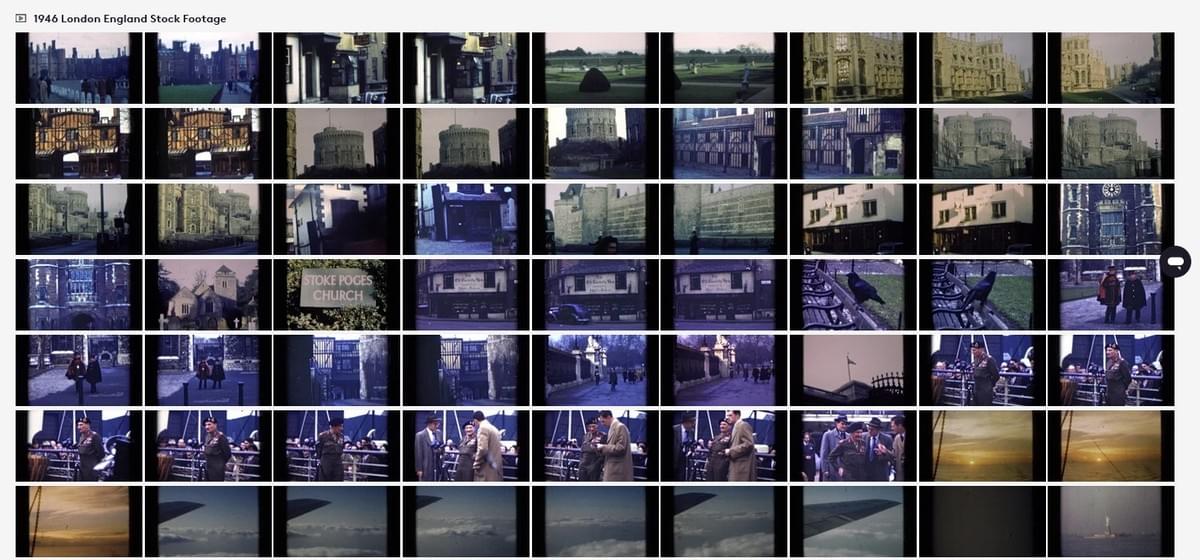
1946 London England
1946 London England
During this pivotal time, as London and its citizens navigated their way through the rubble of the war-torn metropolis, it was the unbreakable human spirit and resolve for rebirth that fueled the efforts of rebuilding and transforming their beloved city. The stark evidence of the Blitz remained ever-present in 1946 London, serving as a painful reminder of the turbulent times endured and an urgent call to action for the recovery that was so desperately needed.
The task of reconstruction took shape not only in the tangible construction of temporary and social housing, but also within the heart of each individual that called London home. This period marked a critical turning point in shaping a new landscape for the British capital—one that strove for modern and well-considered designs, aimed to ameliorate living conditions and envisaged a city built around its citizens' needs, promising prosperity in place of widespread suffering.
Battling through stringent rationing and harboring hopes of a better society, Londoners entered an era of transformation during this time. The birth of the National Health Service in 1948 and the fortification of the welfare state offered hope of equality, marking the government's commitment towards its people in the face of overwhelming adversity and a determination to overcome it together, standing firmly in solidarity.
An often overlooked yet noteworthy event in post-war London's story was the beginning of demographic shifts and diversification, as immigrant communities, many from the Caribbean islands and the British Empire, migrated to England seeking new opportunities, largely contributing to the reconstruction of the nation, and helping to shape London as the multi-cultural hub we recognize today.
And despite the tumultuous aftermath of the war, 1946 London never lost its spirit as the heart and soul of entertainment and the arts. Galleries, theatres, and music venues prospered, offering a source of escapism, unity and solace in trying times for a population weary from the war, but still resolute to keep pushing forward towards a brighter and culturally enriched future. As London reinforced and reshaped the bricks of its buildings, it too, built up and nurtured its cultural heart and spirit.
Indeed, the predominant mood in post-war London during 1946 was an intricate tapestry of strength, ambition and optimism - a resolute determination that wove hope, optimism and tenacity together into the very fabric of the city's rejuvenation. In facing these adversities, the unyielding and tireless resolve of London and its denizens proved not only an ability to endure and persevere but a fierce and unwavering conviction that the city they loved and cherished would rise from the ashes.Retro clips filmed in England?
© 2024
